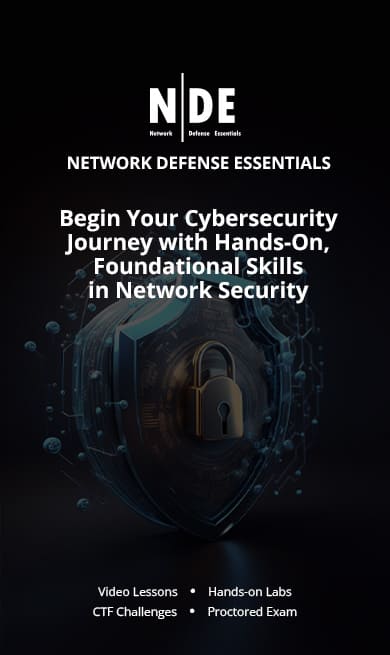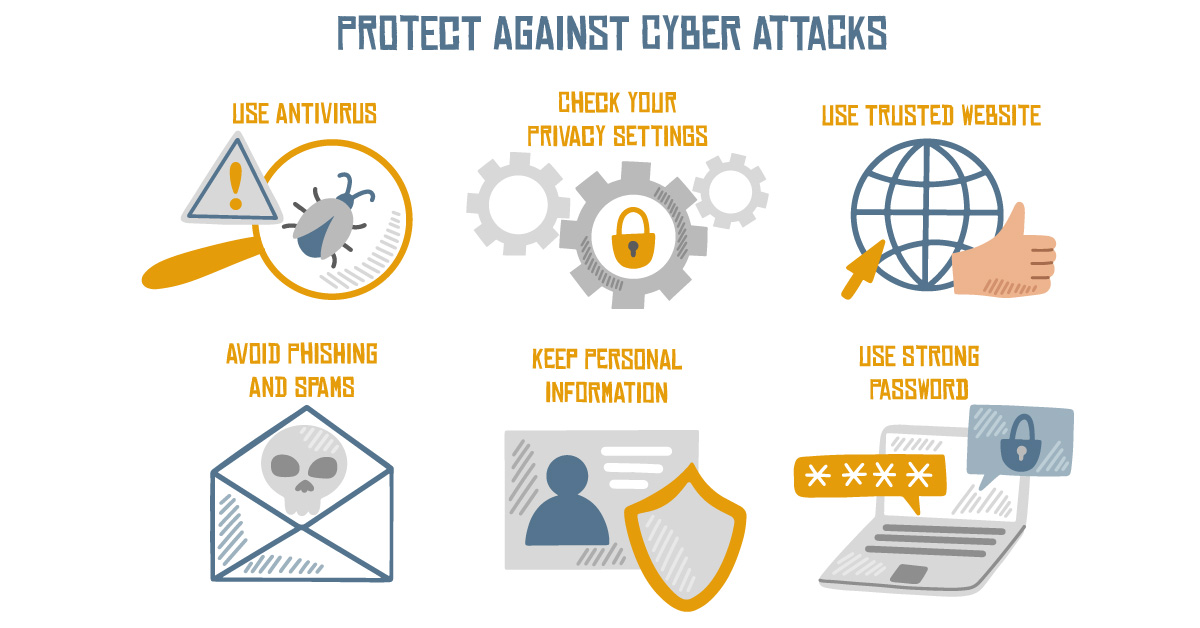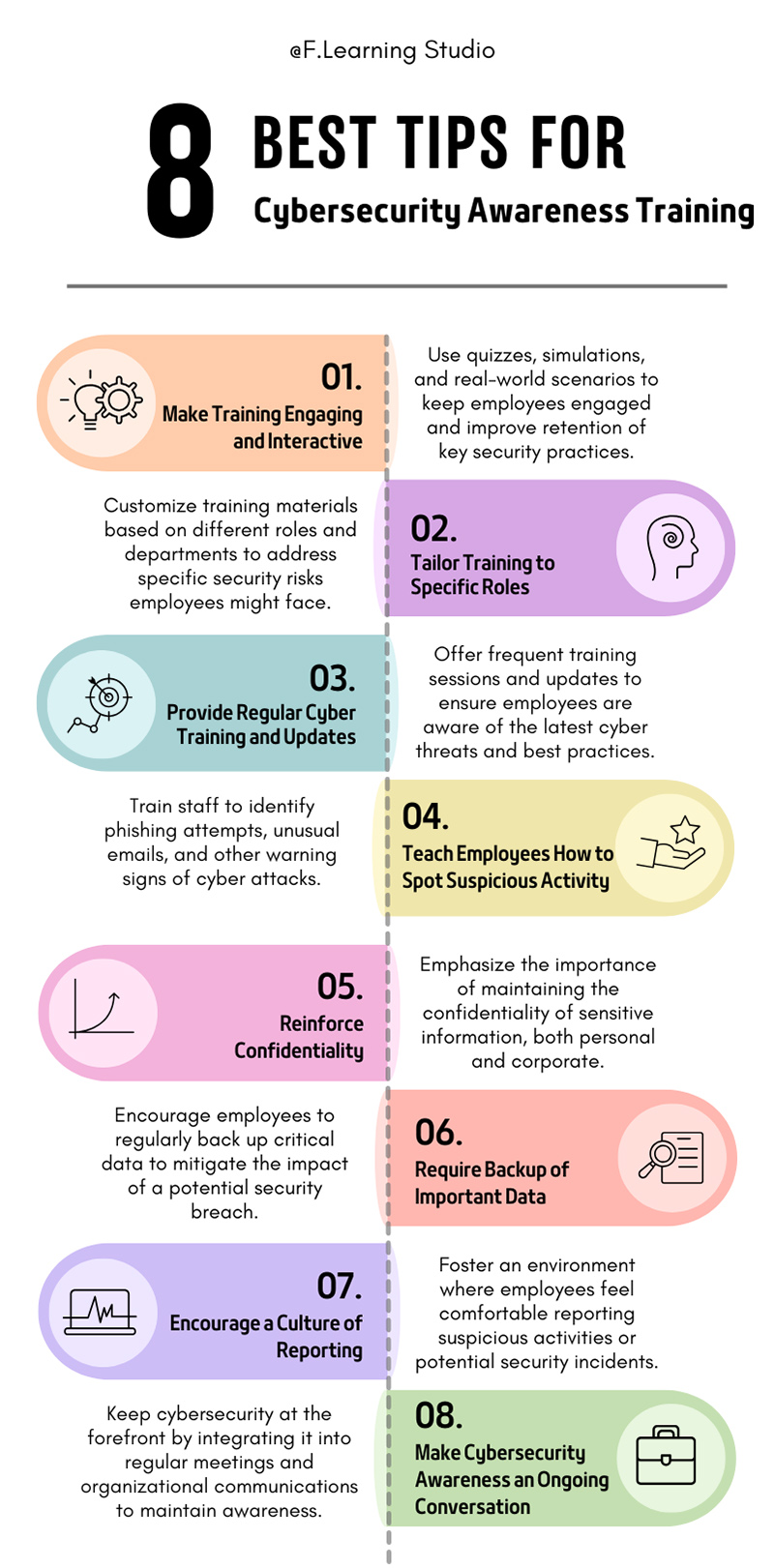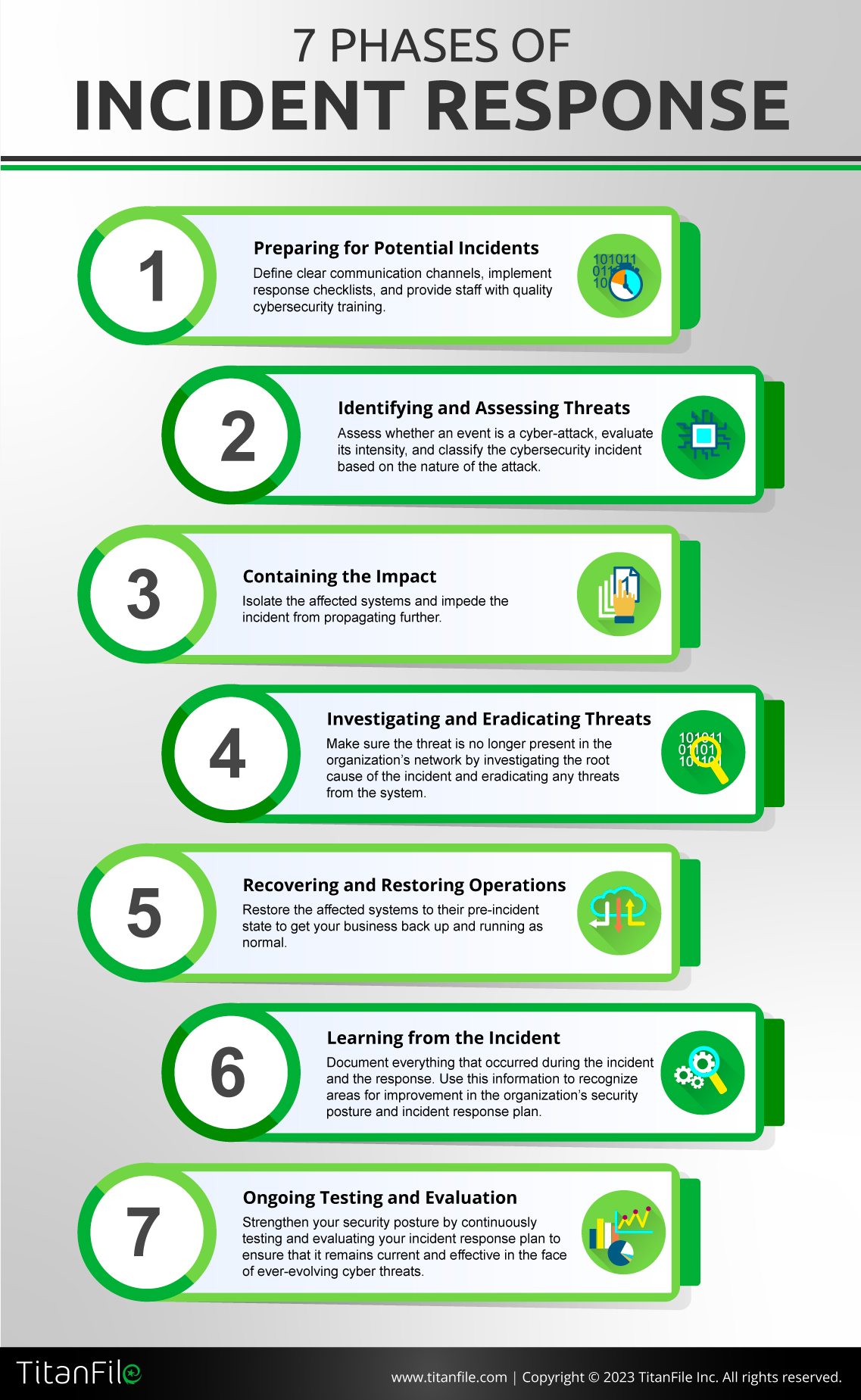
Overview of Cybersecurity Essentials
Definition of Cybersecurity
Cybersecurity refers to the protection of internet-connected systems, including hardware, software, and data, from cyber threats. Essentially, it encompasses a range of practices and technologies designed to safeguard sensitive information by preventing unauthorized access and ensuring the integrity of data.
Importance of Cybersecurity Defense Strategy
In today’s digital age, a robust cybersecurity defense strategy is crucial for any organization. Without it, businesses face numerous risks, including:
- Data Breaches: Compromise of sensitive information.
- Financial Loss: Costs related to recovery and fines.
- Reputation Damage: Loss of customer trust due to incidents.
For instance, a friend of mine who runs a small business learned the hard way how critical it is to have an effective cybersecurity strategy after a minor breach caused significant setbacks. Investing in cybersecurity is not just about protecting assets; it’s about ensuring business continuity and maintaining a trustworthy relationship with clients.

Threat Landscape Analysis
Common Cyber Threats
The threat landscape is constantly evolving, making it essential for organizations to stay informed about common cyber threats. These include:
- Phishing Attacks: Fraudulent attempts to acquire sensitive information through deceptive emails.
- Malware: Malicious software designed to disrupt, damage, or gain unauthorized access to systems.
- Ransomware: A type of malware that encrypts a victim’s data, demanding payment for decryption.
A colleague of mine fell victim to a phishing attack, resulting in stolen credentials and a harrowing recovery process.
Impact of Cyber Attacks on Businesses
Cyber attacks can have devastating consequences for businesses. The impacts often manifest as:
- Operational Disruption: Loss of productivity and workflow.
- Financial Costs: Recovery expenses, fines, and potential litigation.
- Reputation Harm: Deteriorated customer trust and loss of market share.
Organizations must proactively address these threats to safeguard their assets and sustain growth. Ignoring the need for robust cybersecurity measures can lead to irreversible damage.

Building Strong Foundations
Risk Assessment and Management
To effectively combat cyber threats, organizations must start with a thorough risk assessment. This process involves identifying potential vulnerabilities and evaluating the risks associated with specific assets. Key steps include:
- Identifying Assets: Understanding what needs protection, be it data, hardware, or intellectual property.
- Evaluating Risks: Analyzing potential threats and their impacts.
- Prioritizing Risks: Focusing on the most critical vulnerabilities first.
A mentor once advised me on the importance of risk assessment when their company suffered due to overlooked vulnerabilities. This proactive approach ensures that businesses can allocate resources where they are needed most.
Implementing Security Controls
Once risks are identified, implementing robust security controls is essential. Effective measures may include:
- Firewalls: Establishes a barrier between trusted and untrusted networks.
- Access Controls: Restricting information access based on user roles.
- Regular Updates: Keeping software up to date to mitigate vulnerabilities.
Employing these security controls not only protects assets but also fosters a culture of security awareness among employees. A strong foundation is critical for defending against evolving threats in today’s cybersecurity landscape.

Securing Networks and Systems
Network Security Measures
After laying a strong foundation, the next vital step is securing networks. Implementing network security measures is essential to protect data and prevent unauthorized access. Some effective strategies include:
- Intrusion Detection Systems (IDS): Monitors network traffic for suspicious activity.
- Virtual Private Networks (VPNs): Ensures secure remote connections by encrypting data.
- Segmentation: Divides networks into smaller, manageable parts to contain potential security breaches.
A friend once shared how switching to a VPN safeguarded their personal information while working remotely, allowing them peace of mind.
System Hardening Techniques
In addition to network security, system hardening is key to defending against threats. This process involves enhancing the security of systems by:
- Removing Unnecessary Services: Reducing attack surfaces by disabling unused applications.
- Enforcing Strong Password Policies: Implementing complex password requirements to enhance user authentication.
- Regular Patch Management: Keeping operating systems and software updated to patch known vulnerabilities.
By adopting these techniques, organizations can significantly strengthen their defenses against cyber threats, creating a resilient infrastructure.

Data Protection and Privacy
Encryption Methods
As organizations fortify their defenses, data protection becomes paramount. One of the most effective ways to safeguard sensitive information is through encryption. This process converts data into a code that only authorized users can decipher. Common encryption methods include:
- Symmetric Encryption: Uses a single key for both encryption and decryption.
- Asymmetric Encryption: Involves a pair of keys (public and private), enhancing security for communications.
- End-to-End Encryption: Ensures that data is encrypted on the sender’s device and only decrypted on the recipient’s device.
I recall a situation where a friend’s financial app used strong encryption methods, which gave them the assurance to manage their investments without fear of a data breach.
Compliance with Data Regulations
In addition to encryption, adhering to data regulations is critical for any business handling personal data. Key regulations include:
- GDPR (General Data Protection Regulation): Governs data protection and privacy in the EU.
- CCPA (California Consumer Privacy Act): Provides California residents with rights over their personal data.
Failure to comply can result in severe penalties, making it vital for organizations to stay informed and implement necessary measures. Prioritizing both encryption and compliance fosters an environment of trust and security with customers.

Employee Awareness and Training
Importance of Education
As organizations strive to bolster their cybersecurity, investing in employee awareness and training is crucial. Education empowers employees to recognize potential threats and respond effectively. Consider these key points:
- Phishing Recognition: Teaching staff how to identify suspicious emails and links.
- Data Handling Procedures: Informing employees on how to securely manage sensitive information.
- Incident Reporting: Encouraging staff to report unusual activities promptly.
A former colleague of mine recalled a training session that significantly helped her spot a phishing attempt, potentially saving the company from a data breach.
Employee Security Practices
Beyond education, fostering a culture of security among employees is essential. Practical security practices include:
- Using Strong Passwords: Implementing a password policy that emphasizes complexity and uniqueness.
- Regular Software Updates: Ensuring employees update applications to mitigate vulnerabilities.
- Multi-Factor Authentication (MFA): Encouraging the use of additional verification methods for critical accounts.
Engaging employees in these practices not only protects the organization but also creates a collaborative approach to cybersecurity, making everyone a part of the defense strategy.

Incident Response and Recovery
Developing an Incident Response Plan
In the landscape of cybersecurity, incidents can happen even to the most prepared organizations. Developing an Incident Response Plan (IRP) is a critical step in mitigating potential damage. A robust plan should encompass:
- Preparation: Establishing a response team and defining roles.
- Identification: Detailing how to recognize and categorize security incidents.
- Containment: Strategies to limit the impact on operations.
A mentor once emphasized the importance of a well-documented IRP after their business faced a ransomware attack, highlighting how crucial it was to have clear procedures in place.
Post-Incident Evaluation and Improvement
Once an incident is resolved, organizations must conduct a thorough post-incident evaluation. This reflection should focus on:
- Analyzing Response Effectiveness: Assessing how well the IRP was executed.
- Identifying Weaknesses: Pinpointing gaps or failures that led to vulnerabilities.
- Implementing Improvements: Updating the IRP and security practices based on insights gained.
This continuous cycle of learning ensures that organizations evolve their defenses, fostering a stronger security posture over time. Each incident serves as a valuable lesson, promoting long-term resilience.

Emerging Technologies in Cybersecurity
Role of AI and Machine Learning
As the cybersecurity landscape evolves, emerging technologies like Artificial Intelligence (AI) and Machine Learning (ML) are becoming game-changers in threat detection and response. These technologies can:
- Analyze Vast Data Sets: Quickly sift through and identify patterns in enormous volumes of data.
- Predict Threats: Use historical data to anticipate potential cyber-attacks before they happen.
- Automate Responses: Deploy immediate countermeasures to neutralize threats.
A tech-savvy friend shared how his company integrated AI algorithms, significantly reducing their response time to incidents, thereby enhancing their overall security posture.
Blockchain for Secure Transactions
Another revolutionary technology in the cybersecurity realm is blockchain, known for its decentralized and immutable nature. Its benefits include:
- Data Integrity: Ensures that data has not been tampered with.
- Secure Transactions: Facilitates transparent and trustworthy transactions without central authority.
- Enhanced Privacy: Allows for confidential data sharing while maintaining user anonymity.
Organizations are beginning to adopt blockchain not just for cryptocurrencies, but also as a robust solution for securing sensitive transactions, marking a transformative shift in cybersecurity protocols.

Collaboration and Information Sharing
Engaging with Industry Networks
In an increasingly interconnected world, collaboration plays a pivotal role in enhancing cybersecurity defenses. Engaging with industry networks allows organizations to share insights and resources. Some benefits include:
- Knowledge Sharing: Learning from peers about emerging threats and effective countermeasures.
- Best Practices: Collaborating to develop and refine common cybersecurity practices.
- Collective Defense: Creating a united front against cybercriminals.
I once attended a cybersecurity roundtable where companies exchanged experiences; it was enlightening to see the impact of shared knowledge on everyone’s security protocols.
Government and Private Sector Cooperation
Moreover, cooperation between the government and private sector is vital for comprehensive cybersecurity strategies. Key elements include:
- Public-Private Partnerships: Collaborating to develop strategies that improve cybersecurity resilience.
- Threat Intelligence Sharing: Providing timely information about threats to enhance response efforts.
Such partnerships can amplify the effectiveness of protective measures, drawing upon the strengths of both sectors to combat cyber threats more efficiently. Together, they can build a safer digital landscape for all.

Continuous Monitoring and Adaptation
Importance of Ongoing Assessment
As threats evolve, continuous monitoring and adaptation are essential components of a robust cybersecurity strategy. Regular assessments enable organizations to:
- Identify New Vulnerabilities: Keeping systems and processes up to date against emerging threats.
- Perform Risk Analysis: Evaluating the impact of potential security breaches based on the latest threat landscape.
- Ensure Compliance: Staying aligned with current regulations that govern data security.
A colleague shared how her team conducts quarterly assessments, which have helped them pinpoint vulnerabilities in their infrastructure, allowing them to strengthen security measures proactively.
Adapting to Evolving Threats
Adapting strategies to counter evolving threats is equally critical. This involves:
- Integrating New Technologies: Staying abreast of advancements in AI, ML, and other security technologies.
- Updating Policies Regularly: Revising security policies based on the latest intelligence to ensure effectiveness.
By embracing a culture of continuous improvement and flexibility, organizations can effectively navigate the dynamic cybersecurity landscape, turning potential challenges into opportunities for growth and resilience.

Conclusion and Future Outlook
Recap of Key Points
As we’ve explored, the current cybersecurity landscape is complex and ever-evolving. Key takeaways from our discussion include:
- The necessity of a comprehensive cybersecurity defense strategy.
- The critical role of employee education in recognizing threats.
- The importance of collaboration among industry peers and between government and private sectors.
By understanding these fundamentals, organizations can better prepare for and respond to potential threats.
The Future of Cybersecurity Defense
Looking ahead, the future of cybersecurity defense will likely be defined by technological advancements and an emphasis on proactive measures. Trends to watch include:
- AI-Driven Security Solutions: Automating threat detection and response.
- Increased Regulation: Growing legal frameworks governing data protection.
- Focus on User Education: More profound investments in training and awareness campaigns.
The road ahead may be challenging, but with the right tools and strategies, organizations can build a resilient cybersecurity infrastructure that safeguards their data and operations for years to come. As we navigate this landscape, continuous adaptation will be key to staying one step ahead of cyber threats.

